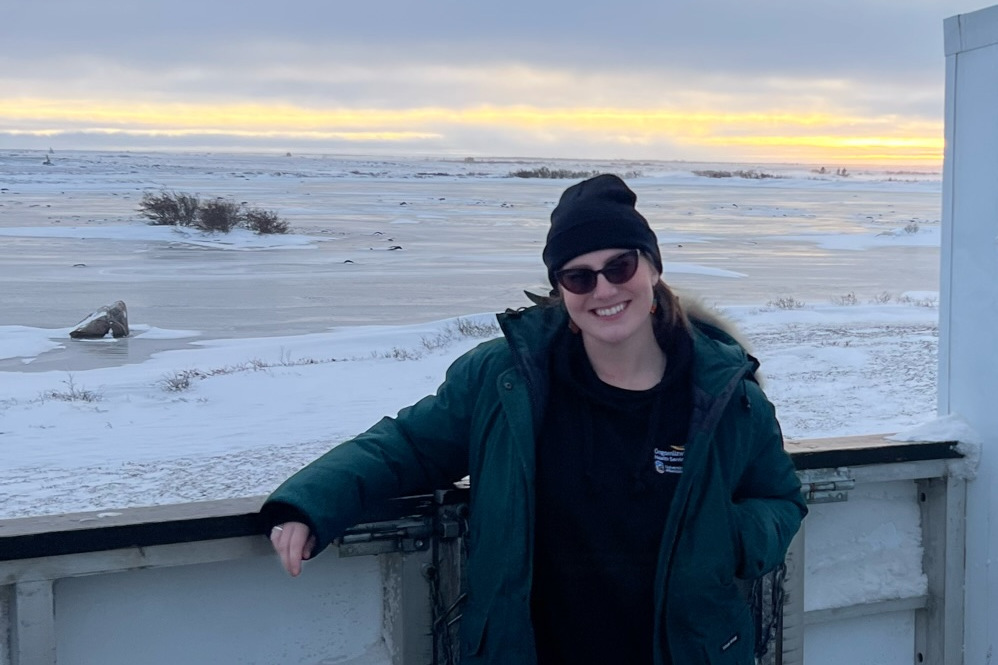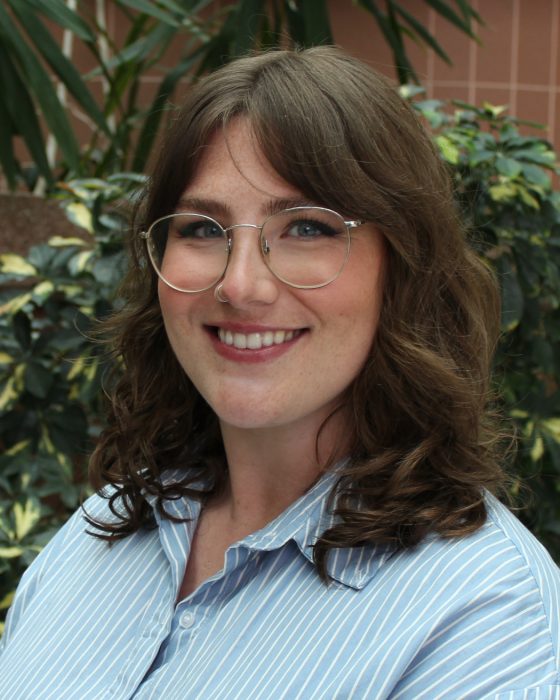
Dr. Emma Anderson took part in an elective in her fourth year of medical school that took her to Churchill. Over the next two years, she will be spending even more time in northern Manitoba as a Northern Remote Stream resident.
Northern Remote Stream residents ‘wear many different hats’
A placement in northern Manitoba during first-year medical school opened Dr. Emma Anderson’s eyes to the possibilities of practicing in a remote northern community.
“As a northern remote physician, you wear many different hats – from pediatrician to emergency doctor to psychiatrist because you might be the only doctor in a community. I thought that was exciting,” said Anderson, a graduate of the Max Rady College of Medicine Class of 2024.

Dr. Emma Anderson
Before the placement in Norway House four years ago, Anderson had no idea that physicians could specialize in working in remote northern communities. Today, she’s in her first month as a resident in the Max Rady College of Medicine department of family medicine’s Northern Remote Stream residency program.
Over the next two years, Anderson will spend four- to six-week rotations in small First Nations and Inuit communities only accessible by air, and also train at hospitals in Winnipeg.
Residents in the program are trained in several fields, including family medicine, pediatrics and emergency medicine. Anderson is beginning her residency in obstetrics at Winnipeg’s Health Sciences Centre.
Residents also have the opportunity to take electives in areas like anesthesiology and addictions.
“We’re training residents to become future physicians in any sort of set up – whether it’s private practice or a northern fly-in community,” said Dr. Soujanya Chavali, first-year education director of the Northern Remote Stream. “The aim of the program is to get physicians to love, appreciate and practice in northern communities.”
As well as becoming a versatile physician, Anderson was motivated to enter the program because she wants to learn more about Indigenous health and traditional medicine.
“I’m Indigenous myself, so there’s always been a draw to work specifically with Indigenous communities more closely and intimately,” said Anderson, who is Métis and grew up in Winnipeg.
Of the six new Northern Remote Stream residents that started earlier this month, five are Indigenous.
“It’s so important to have Indigenous physicians living and working in northern communities,” said Dr. Peter Nickerson, vice-provost (health sciences) and dean, Max Rady College of Medicine. “One of our goals as a college is to represent the populations we serve so it’s quite positive that five Indigenous students from the MD Class of 2024 will be training in northern communities over the next two years. I am eager to see the positive impact their passion for health care makes.”

Dr. Tobi Morakinyo
Like Anderson, Dr. Tobi Morakinyo’s interest in working in northern Manitoba began when she was on a rotation in Norway House during medical school.
“As a remote resident, in addition to primary care and hospitalist work, you get to practice a lot of emergency medicine,” said Morakinyo, who immigrated to Canada from Nigeria when she was 19 years old. “It’s essentially the perfect fit for me and my goals in terms of what I wanted to do as a physician.”
Morakinyo, a member of the UM medicine Class of 2024, said she is fortunate that she will have the opportunity to be immersed in Indigenous communities and have the chance to understand the social determinants of health for each community in which she works.
“A big part of the population in Manitoba is Indigenous and being able to provide competent and culturally safe care is very important to me as a physician, because you want to establish that trust to enable community members to keep coming back to receive care and take control of their health,” said Morakinyo, who is starting her residency at the Northern Connections Medical Centre at Seven Oaks General Hospital in Winnipeg.
“I’m very excited to be starting this program.”






